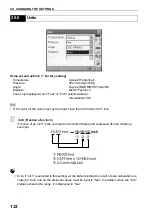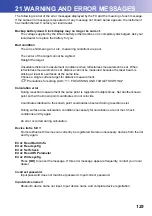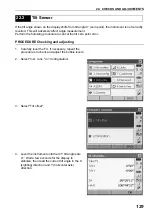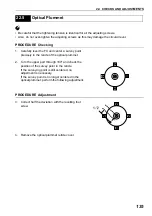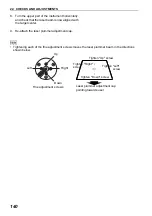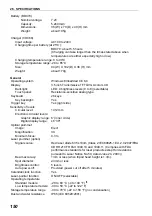
22. CHECKS AND ADJUSTMENTS
136
5. Use the 4 adjusting screws of the optical plummet
to adjust the remaining half of the deviation as
shown below.
When the survey point is on the lower (upper) part
of the illustration:
Loosen the upper (lower) adjusting screw slightly,
and tighten the upper (lower) adjusting screw the
same amount to move the survey point to a point
directly under the center of the optical plummet.
(It will move to the line in the figure on the right.)
If the survey point is on the solid line (dotted line):
Loosen the right (left) adjusting screw slightly and,
tighten the left (right) adjusting screw by the same
amount to move the survey point to a point in the
center of the optical plummet.
6. Check to make sure that the survey point remains
centered on the reticle even if the upper part of
the instrument is rotated.
If necessary, perform the adjustment again.
7. Replace the optical plummet reticle cover.
The additive distance constant K of the FX is adjusted to 0 before delivery. Although it almost never
deviates, use a baseline with a known distance precision to check that the additive distance constant
K is close to 0 several times a year and whenever the values measured by the instrument begin to
deviate by a consistent amount. Perform these checks as follows.
G
• Errors in setting up the instrument and reflective prism or in sighting the target will influence the
additive distance constant. Be extremely careful to prevent such errors when performing these
procedures.
• Set up so that the instrument height and the target height are identical. If a flat place is not available,
use an automatic level to make sure the heights are identical.
22.6
Additive Distance Constant
4
(3)
3
(4)
1 (2)
2 (1)

